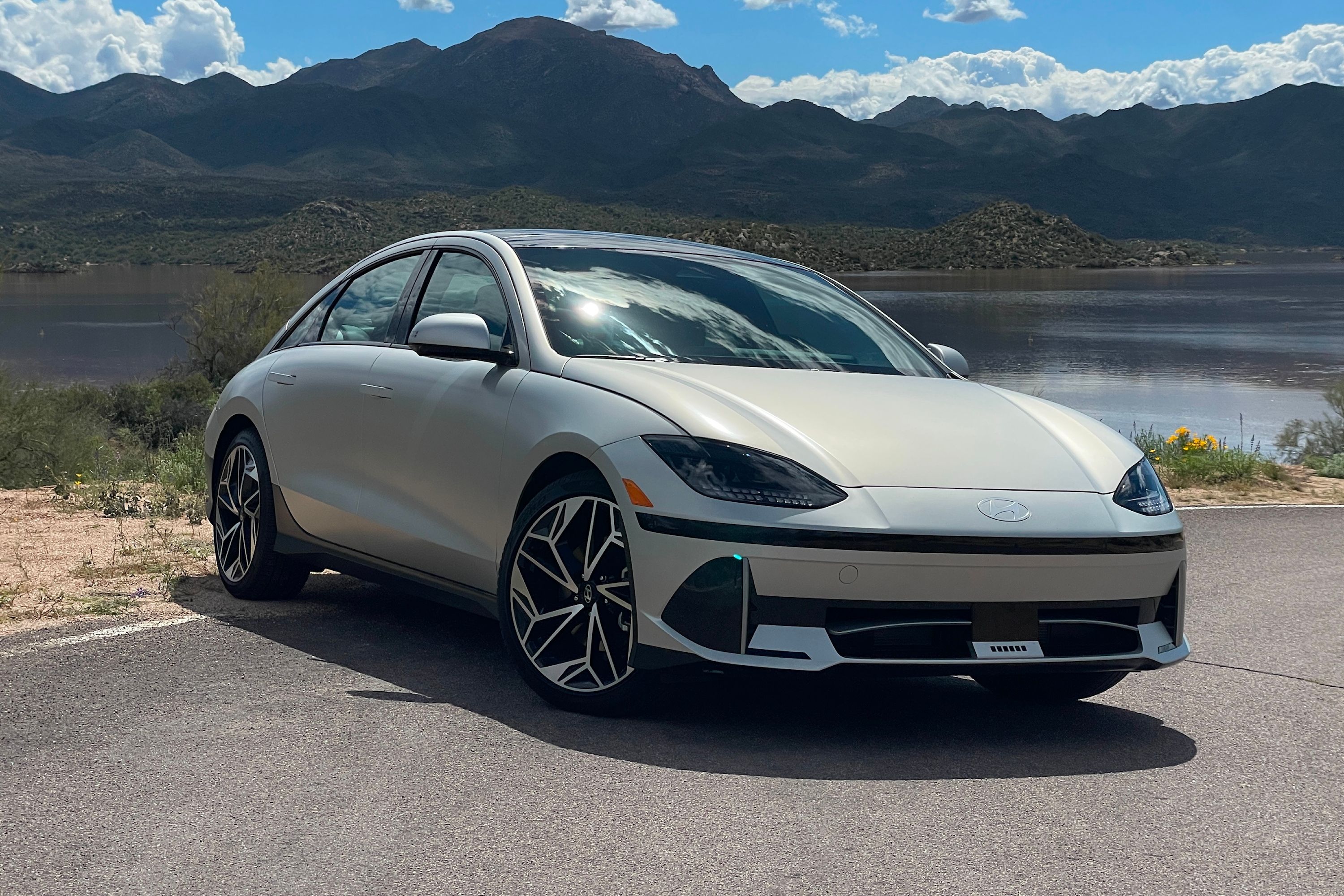
Hyundai has its finger in many pies at the moment. Days after unveiling the Ioniq 6, the automaker's performance division gave us a taste of N's electrified future - and it looks massively exciting, especially if the hydrogen-powered N Vision 74 is anything to go by. But while the South Korean giant has every intention of dominating the roads, it has ambitions to rule the skies, too.
The conglomerate's Supernal division recently unveiled the aircraft of the future. Called the eVTOL Vehicle Cabin Concept, this is what Hyundai is touting as the future of Advanced Air Mobility (AAM). Let's start off with the design, which Hyundai says embodies biomimicry philosophy and the core company tenets of safety, environmental responsibility, and human-centric design.
The body shape mimics the design of a helicopter shell, but the passenger compartment has seating for up to five people. Access is gained through dramatic-looking gullwing doors and, like the exterior, the cabin is like something from a science fiction novel.
The lightweight interior is made out of carbon fiber which makes it both light and strong. But as a new form of public transport, it's the seats that are most important. Hyundai says the cocoon-like seats offer plenty of comfort thanks to ergonomic contouring and also provide nifty storage compartments. What's more, deployable seat consoles will provide passengers with a place to charge their electronic devices.
The eVTOL Vehicle Cabin Concept draws inspiration from the world of motoring; the overhead lights are said to be inspired by vehicle sunroofs and can adjust to provide a "light therapy" effect. Of course, sustainability is important. To that end, Hyundai has designed the cabin with plant-based leather, recycled plastics, and ethically-sourced wood, among other things.
"The Supernal eVTOL vehicle draws on the competence of the Hyundai Motor Group and the skillset of experienced automotive designers, which allowed us to develop a new air mobility concept that is not only safe and rational but also highly emotional," said Hyundai's Chief Creative Officer, Luc Donckerwolke.
Rolls-Royce (the aerospace experts, not the automaker) has teamed up with Hyundai to make this incredible concept a reality. The pair have both signed a Memorandum of Understanding that aims to achieve five goals. Among them, the duo will develop electric propulsion systems "based upon hydrogen fuel cells as an energy source" and also collaborate on the evolution of technology needed for the power and various systems required for AAM.
More importantly, however, is that both have committed to delivering a full demonstration by 2025. There are several benefits to using hydrogen in an all-electric aircraft, aside from zero emissions. Not only is it remarkably quieter, but the partnership notes the reliable power source "enables scalability in power offerings as well as long-distance flight range."
Hyundai president Jaiwon Shin, remarked, "We believe this to be the key technology to support the global aviation industry's goal to fly net zero carbon by 2050." So, when can we expect to see this in action? As soon as 2028, says the company.
